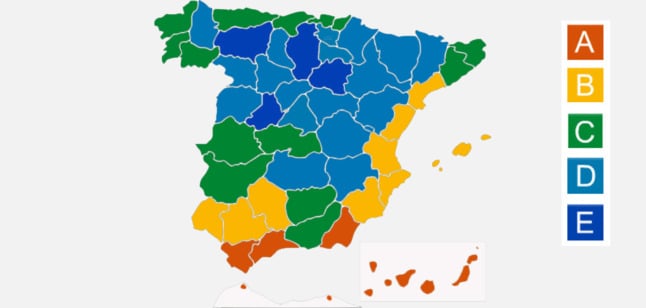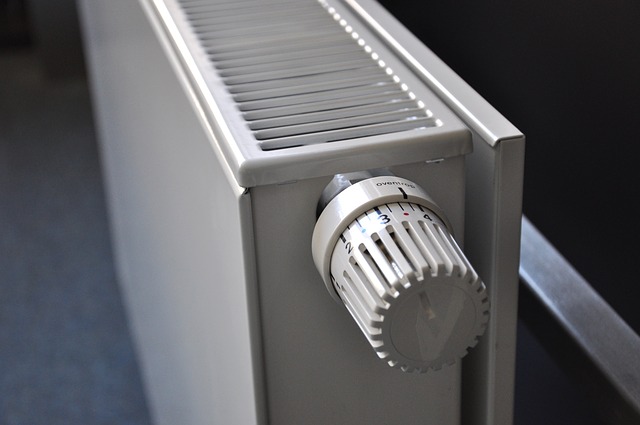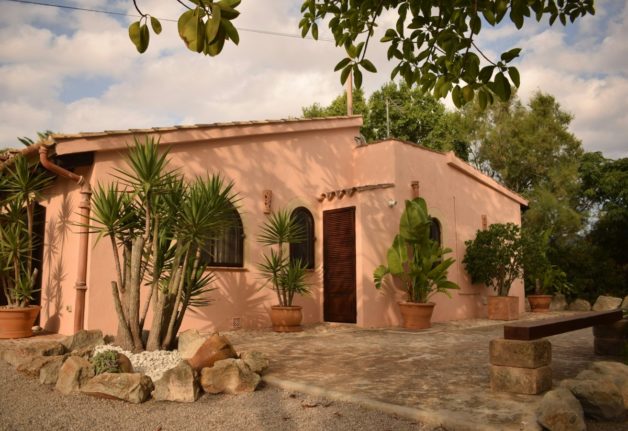In some parts of Spain it’s still common to find communal central heating systems for the whole building, known also as district heating systems, but the Spanish government has set out rules for these to be replaced by individual meters.
The plan is to make people more aware of the energy consumption they are using and to make sure that everyone is paying for their own heating usage. Currently, heating bills in these buildings are just split equally between the number of apartments, taking into account the number of people who live in each.
Building managers and community of neighbours will have until mid-2022 or early 2023 to install the systems necessary for individualised meters, depending on the climatic zone the buildings are located in and the number of homes they contain.
As of May 2023, each neighbour in buildings with district heating in Spain must pay exclusively for their own heating consumption.
District heating systems usually run on natural gas energy, heating the entire building via the same network.
The new measure will affect at least 1.7 million homes in Spain and will mainly affect those buildings built before 1998.
It will also avoid energy waste of two million tons of CO2 per year. The majority of district buildings in Spain are in Madrid: 700,000, but they’re also common in Cantabria and Navarre.
Why has Spain chosen to scrap district heating?
A study carried out between 2015 and 2018 revealed that the installation of meters that control individual heating usage in homes with district central heating generates an average saving on your heating bill of 29.60 percent two years after its installation.
This research was carried out in 396 homes with central heating in the Community of Madrid and was supervised and certified by the property managers of said communities of owners.
Installing individual central heating has the potential to save €230 in heating costs a year per housing unit, according to the Spanish Association of Heat Cost Distributors.
READ ALSO:
- ‘La comunidad’: What property owners in Spain need to know about homeowners’ associations
- Why are Spanish homes so cold?
The dates you need to know
The decree published by the Spanish government on August 6th 2020, set out the deadlines by which a quote must have been obtained. You can find out what climate zone you’re located in by looking at the government’s Basic Document on Energy Saving.
- February 1st, 2021 for buildings of non-residential use and those in climate zone E with 20 or more dwellings.
- July 1st, 2021 for those in climate zone E with fewer than 20 homes and in climate zone D for buildings with 20 or more homes.
- December 1st, 2021 for those in climate zone D with less than 20 homes and in climate zone C for buildings with 20 or more homes.
- February 1st, 2022 for those in climate zone C with fewer than 20 homes.

If the quote you receive proves to be technically viable and makes economic sense, the Spanish government states that “the holder must proceed with the installation of individualised accounting systems within a maximum period of fifteen months from these dates”.
Each community of neighbours will be responsible for the installation and payment of the meters, in other words property owners will have to share the costs. If they fail by a certain date there will be sanctions of between €300 and 60,000.
This means that the individual meters themselves will have to be installed by the following dates:
- May 1st, 2022 for buildings of non-residential use and in climate zone E for buildings with 20 or more homes.
- October 1st, 2022 for those in climate zone E with less than 20 homes, and in climate zone D for buildings with 20 or more homes.
- March 1st, 2023 for those in climate zone D with less than 20 homes and in climate zone C for buildings with 20 or more homes.
- May 1st, 2023 for those in climate zone C with less than 20 homes.
Exceptions to the new measures
There are however some exceptions; not all buildings or homes will have to comply with this regulation if they’re not able to.
“The simplest way to comply with the regulations is to put a meter on each apartment, but this is only technically possible in heating systems arranged in a ring”, said Enrique García, spokesman for the Organization of Consumers and Users (OCU).
Those for example which cannot install individual meters due to technical reasons or those which have heating systems equipped with heat emitters connected in series (provided that they serve more than one user in the same ring) will be exempt.
Any system that does not allow for individualising consumption, such as user-to-user system management, is also exempt.
Those buildings which would lack of economic profitability because they’re located in climatic zones A and B will also be exempt. This includes some buildings in parts of Almería, Cádiz, Castellón, Ceuta, Córdoba, Granada, Huelva, Jaén, Málaga, Murcia, Las Palmas, Santa Cruz de Tenerife, Seville, Tarragona and Valencia.
READ ALSO: Spain’s new electricity rates for 2021: the tricks to help you save up to €300 a year
In the last five years, in anticipation of the new regulations, meters have already been installed in 180,000 flats in Spain, according to the Spanish Association of Heat Cost Distributors.



 Please whitelist us to continue reading.
Please whitelist us to continue reading.
Member comments